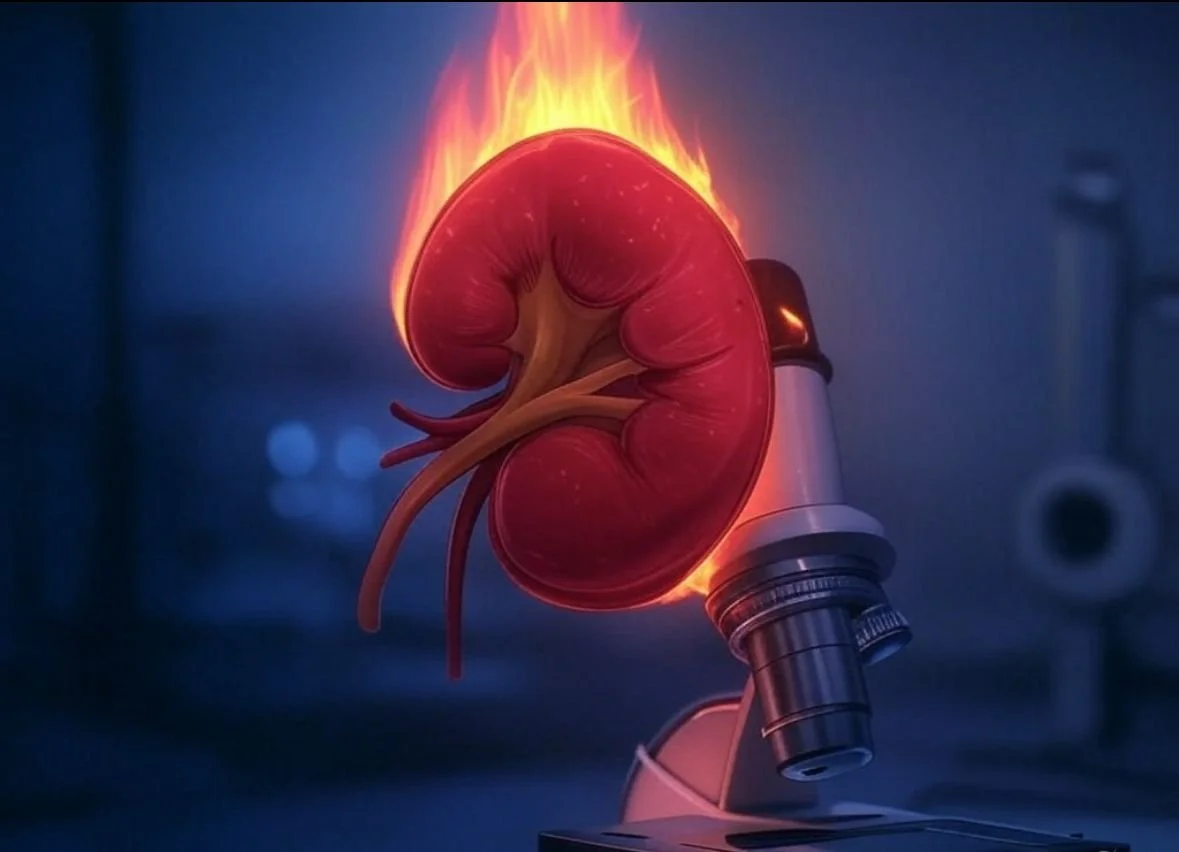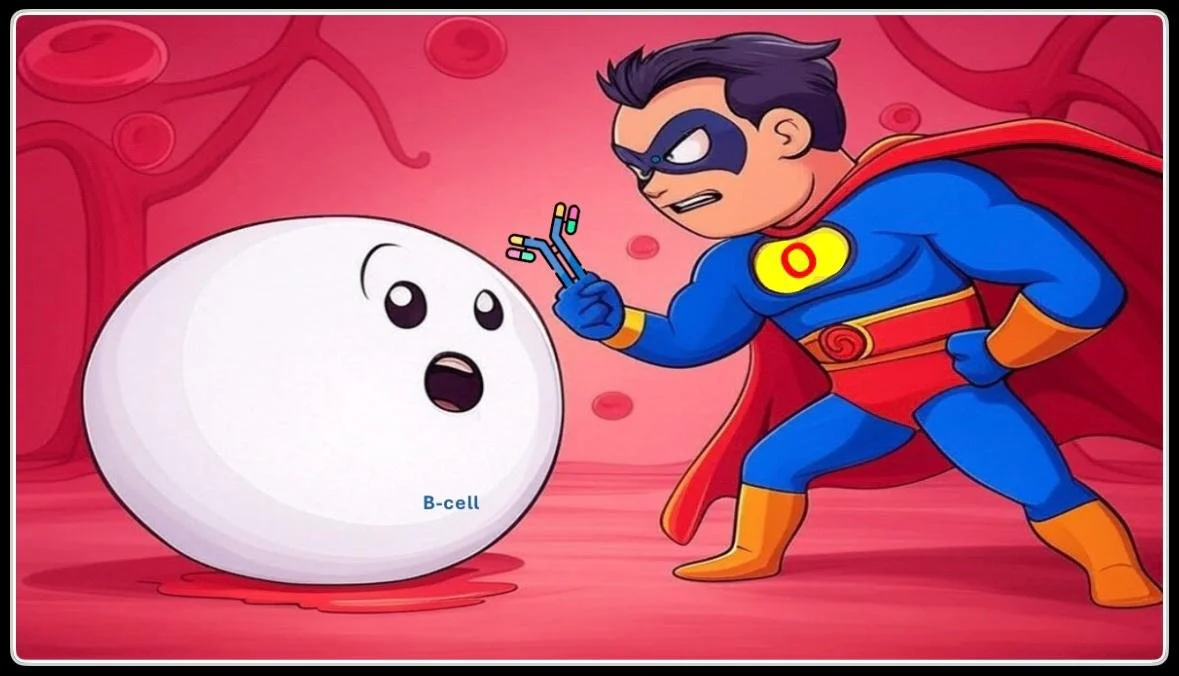Last night I was reading John Weiner's personal reflection on social media in medicine. He posed the question of whether the definition of professionalism is fixed and we need to adapt our social media use to these standards or do we adopt our measure and expectations of professionalism to new tools and personal behaviors. His words:
For example, a joint initiative of the Australian Medical Association Council of Doctors-in-Training, the New Zealand Medical Association Doctors-in-Training Council, the New Zealand Medical Students’ Association and the Australian Medical Students’ Association has produced a document called ‘Social media and the medical profession’ (Mansfield et al., 2011). The advice includes, inter alia, this statement:
Our perceptions and regulations regarding professional behaviour must evolve to encompass these new forms of media.
I would argue that perceptions and regulations of professionalism, once properly espoused and documented, should be applied universally, in any day and age, and for any circumstance or technology. This is declared, for example, in the Royal Australian and New Zealand College of Psychiatrists Position Statement ‘Psychiatry, online presence and social media’ (RANZCP, 2012) where, although there are specific allusions to social media behaviour in the document, there is an over-riding clause that clearly states:
they must ensure their social media use and Internet presence upholds the ethical and practice standards required for Fellowship of the College. (RANZCP, 2012)
Others argue that social media is somehow different. After all, it has immediacy and reach and permanency. I cannot accept that a smart, well-educated student who has achieved entry to medical school does not know these properties of social media.
This question seems to be at the center of any discussion of professionalism in social media, we need to at least understand what we mean by professionalism. While at first blush it seems that standards are only standards because they do not change. But on deeper thought, it is clear society has evolved. Imagine 1985 Marty McFly driving his Delorean to 2015 Brooklyn. What would be his reaction to people:
- publicly share vacation photos for the world to see
- millions of public diaries open to the world
- restaurants full of people snapping and sharing pictures of their food
- people "checking in" to share their current location when they get to every social engagement
He would be shocked at this narcissistic hellscape. Our ideas of privacy have undergone radical changes in just a few decades. It seems to me that the codes of professionalism must evolve with the standards and behaviors of the time or they will lose relevancy and become just an exercise in conservatism.
Please join us for this chat tonight at 9PM Eastern or tomorrow at 8PM GMT (3PM Eastern/Noon Pacific), it should be great.















